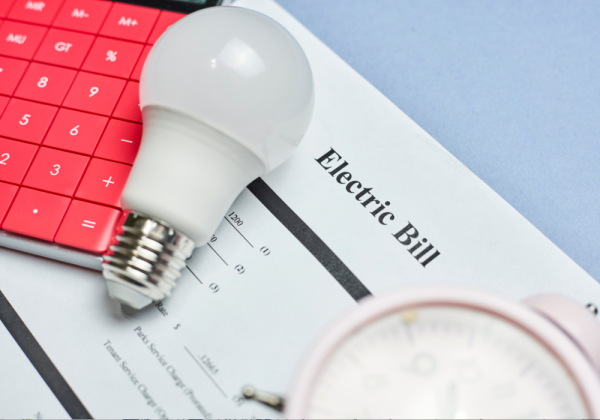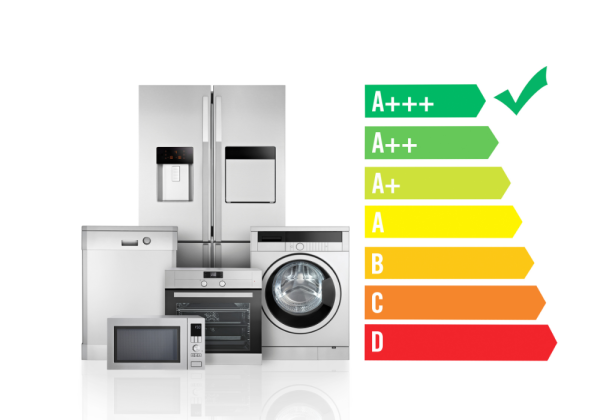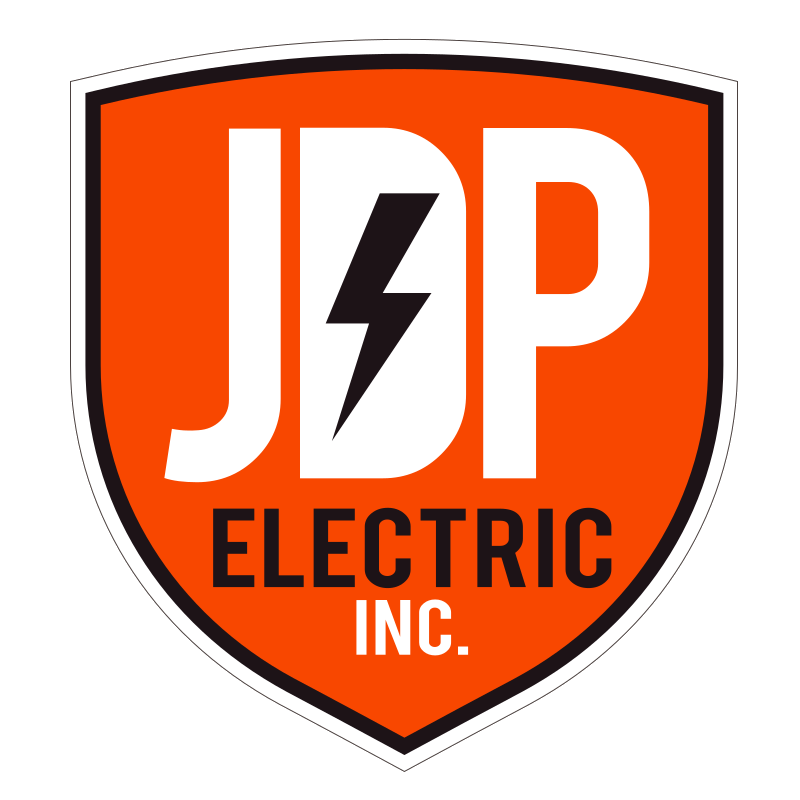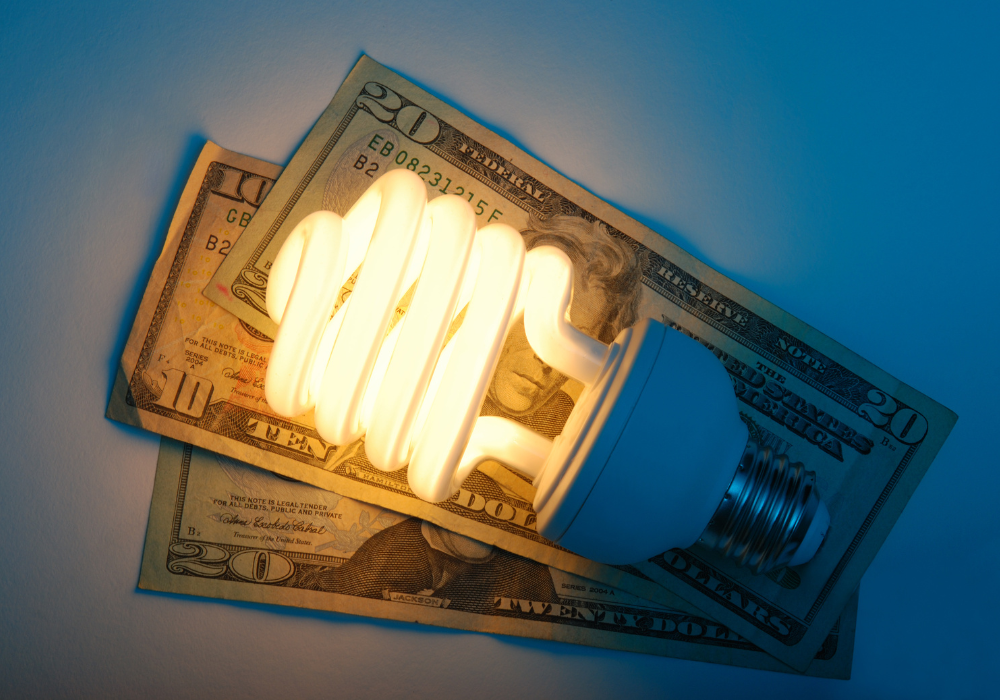Are you tired of watching your electric bill climb higher every month? You’re not alone. Many homeowners face the same struggle, feeling overwhelmed by rising energy costs. But there’s good news! By adopting energy-efficient habits and making some simple changes around your home, you can significantly reduce your electric bill while also helping the environment. Let’s explore how you can make your home more energy-efficient and save money on your electric bill.
 Understanding Your Electric Bill
Understanding Your Electric Bill
Before you can start saving, it’s essential to understand what you’re paying for. An electric bill typically consists of several components, including usage charges, delivery charges, and taxes.
Breakdown of Your Bill
Usage charges are based on the amount of electricity you consume, measured in kilowatt-hours (kWh). Delivery charges cover the cost of transporting electricity from power plants to your home. Taxes and fees vary depending on your location and regulatory policies.
Tips for Deciphering Your Bill
Take a close look at your bill to identify patterns in your energy usage. Are there specific months when your bill spikes? Understanding these patterns can help you pinpoint areas where you can cut back.
Utility Company’s Role
Some utility companies offer online tools and resources to help you track your energy consumption. Take advantage of these tools to gain insights into your usage and identify opportunities for savings.
Energy Audit for Your Home
An energy audit is a comprehensive assessment of your home’s energy performance. It identifies areas where you can improve efficiency and save money.
What is an Energy Audit?
During an energy audit, a professional will inspect your home to find energy leaks, inefficiencies, and other issues that drive up your electric bill. This could include checking insulation, evaluating heating and cooling systems, and inspecting windows and doors.
DIY Energy Audit
If hiring a professional isn’t an option, you can conduct a DIY energy audit. Look for drafts around windows and doors, check the insulation in your attic, and examine your heating and cooling systems for any signs of inefficiency.
Benefits of an Energy Audit
An energy audit provides a roadmap for making your home more energy-efficient. By addressing the issues identified during the audit, you can reduce your energy consumption and lower your electric bill.
Energy-Efficient Solutions
There are numerous low-cost and no-cost solutions to improve your home’s energy efficiency.
Seal Drafts
One of the simplest ways to reduce energy consumption is by sealing drafts around windows and doors. Use weatherstripping and caulking to close gaps and prevent heat from escaping in the winter or entering in the summer.
Adjust Thermostat Settings
Adjusting your thermostat by just a few degrees can lead to significant savings. In the winter, set your thermostat to 68°F when you’re home and lower it while you’re away. In the summer, aim for 78°F when you’re home and higher when you’re out.
 Energy-Efficient Appliances
Energy-Efficient Appliances
Investing in energy-efficient appliances can make a big difference. Look for the ENERGY STAR label when purchasing new appliances, as these products meet strict energy efficiency guidelines set by the U.S. Environmental Protection Agency.
Smart Thermostats
A smart thermostat allows you to control your home’s temperature remotely and set schedules to optimize energy usage. For example, you can program the thermostat to lower the temperature when you’re sleeping or away from home.
Smart Lighting
Smart lighting systems can be controlled via smartphone apps, allowing you to turn off lights when they’re not needed. Some systems even adjust brightness based on natural light levels, reducing energy consumption.
Cost-Benefit Analysis
While smart home devices require an initial investment, they can pay for themselves over time through energy savings. Consider the long-term benefits and potential savings when deciding whether to invest in smart home technology.
Renewable Energy Options
Renewable energy sources like solar, wind, and geothermal can provide sustainable energy for your home.
Solar Panels
Solar panels capture sunlight and convert it into electricity. Although the upfront cost can be high, many homeowners find that solar panels pay for themselves within a few years through reduced electric bills and tax incentives.
Wind Energy
Small wind turbines can generate electricity for your home, especially if you live in a windy area. While less common than solar panels, wind energy can be a viable option for some homeowners.
Geothermal Systems
Geothermal systems use the stable temperature of the earth to heat and cool your home. These systems are highly efficient and can significantly reduce your energy consumption.
Financial Incentives and Rebates
There are various financial incentives and rebates available to help offset the cost of energy-efficient home improvements.
Federal Tax Credits
The federal government offers tax credits for certain energy-efficient home improvements, such as installing solar panels or energy-efficient windows.
Local Rebates
Many local utilities also offer rebates and incentives for energy-efficient upgrades. Check with your utility company or local energy office to find out what’s available in your area.
How to Apply
Applying for these incentives is usually straightforward. Keep all receipts and documentation related to your energy-efficient improvements, and follow the application instructions provided by the rebate program.
Long-Term Strategies
Adopting long-term strategies can help you maintain lower energy usage over time.
Change Habits
Simple habit changes, like turning off lights when you leave a room, unplugging devices when they’re not in use, and using energy-efficient cooking methods, can add up to significant savings.
Track Energy Consumption
Keep track of your energy consumption with a home energy monitor. These devices provide real-time data on your electricity usage, helping you identify areas where you can cut back.
Set Goals
Set long-term energy-saving goals for your household. Whether it’s reducing your monthly electric bill by a certain percentage or achieving a specific kWh usage, having clear goals can motivate you to stay on track.
By understanding your electric bill, conducting an energy audit, and implementing energy-efficient solutions, you can significantly reduce your energy consumption and lower your electric bill. Smart home technology and renewable energy options offer additional ways to save, while financial incentives and rebates can help offset the cost of improvements. Adopting long-term strategies and changing habits will ensure that you continue to enjoy the benefits of a more energy-efficient home.

